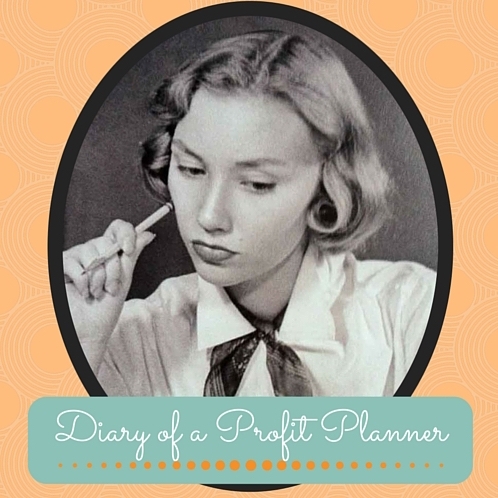My story of learning to make my money work for me…one week at a time.
I got back from vacation at 2 in the morning.
Which, of course, meant a full extra day off to recover.
And by “recover,” I mean catch up on emails, let people know that I was again available for work, and put together some semblance of a plan to get my business back in action.
Like so many online entrepreneurs, I LOVE what I do for a living. But sometimes I do not love the mechanics around it.
I wouldn't mind the end of vacation time if I could jump straight into writing again (preferably on my back porch with a cup of green tea close at hand). But instead, I have to do all these busywork tasks to make sure that…
A) I have clients sending me stuff to write,
B) Those clients are sending me money for the stuff I write, and
C) I'm properly managing said money (so that I can take more vacations down the road)
Like it or not, it's the busywork that keeps us in business…and it's also the busywork that makes us really need a vacation. Oh, the irony!
That makes it extra nice when you find a tool that does a hefty chunk of your busywork for you.
…Yup, that exists.
Can't We Just Reconcile?
My third Profit Plan meeting was all about getting hot and heavy with my accounting software.
If that sounds weird to you, you obviously haven't met Xero yet.
Once you lay eyes on its clean, thoughtful layout and experience its effortless efficiency, you'll understand why my heart beat a little faster. And when you realize that Xero's main purpose in life is to make your life easier? That's a move guaranteed to melt any small business owner's heart.
The main button on the Xero dashboard tells the whole story–this software is all about reconciliation. Reconciling what, you ask? The money you deposited with the money you spent. What you have with what you owe. What's in the bank versus what's in your receipts.
As always, Jess says it best:
“Reconciliation is just a fancy way of saying ‘put my bank transactions into a category.'”
[Tweet “”Reconciliation is just a fancy way of saying ‘put my bank transactions into a category.'” #TheBottomLine”]Now normally, this is a tiresome process. One that we all love to avoid. In fact, Jess tells me that most business owners barely check in with their finances until just before tax time, when they go through a harrowing blitz of getting their books “caught up.” (#AccountantGossip)
But catching up, Jess says, is the wrong way to think about this process.
“Xero is going to give you actual data about how your business is doing and where you’re spending your money. Using Xero as a tool to make decisions and be more intentional with your cash by following a plan about where to put your money is the way you actually become free financially.”
Freedom. Now that's an idea I can be reconciled to.
My First Date with Xero
To reconcile my accounts for me, all Xero needs is a connection to my online bank statement, a few rules (that I get to create!) about where certain “save” and “spend” items should automatically be filed, and a regular date with me.
On our dates, Xero and I go through my monthly statement and I tell it where each item on the statement belongs.
The first date, I'll admit, takes a little while. I'm telling Xero all about my finances for the past year–where this deposit came from, whether this expense was business-related or personal, etc. It looks like it's going to take forever, and I'm starting to lose my motivation.
But then Jess introduces me to the “magic button,” as she calls it: Cash Coding.
This screen pulls up a giant spreadsheet that Xero made for me, with all my items organized by date. If I sort them by “Reference” (which means name, in accounting speak), I can select a whole bunch of them at once and reconcile them all at once.
I can hear Jess nodding in approval as I gush over this feature. She adds,
“I’ve literally coded 1500 transactions in 3 minutes.”
Best of all, I can do this while at the same time setting up a “rule” that tells Xero where to put that kind of transaction in the future! Which means our dates are a lot more efficient.
Oh, and if I get stuck with anything? All I have to do is type a note in the “Discuss” field on any given item. Xero will ping The Bottom Line with my message, including exactly which line item I'm asking about.
Consistency: The Key to a Good Relationship with Your Money
As Marilyn always says,
“When it comes to business finances, you need to make a decision and then be consistent.”
So maybe, like me, you don't know where things go on a chart of accounts. Maybe you don't always know exactly what salary you're going to pay yourself from one month to the next.
It's all okay! You really can figure it out as you go. The key is to get started and stop trying to play catch-up once a year with your money. A regular once-a-month meeting with your money is really all it takes to keep the relationship flourishing…and Xero makes that ridiculously easy.
The Bottom Line
In any relationship, whether it's love or money, there really aren't any hard-and-fast rules. Instead, it's really all about the rules you create that get you the results you want.
When you consistently show your money that you love it enough to keep it in order, that's when your money will start showing you the love right back.

